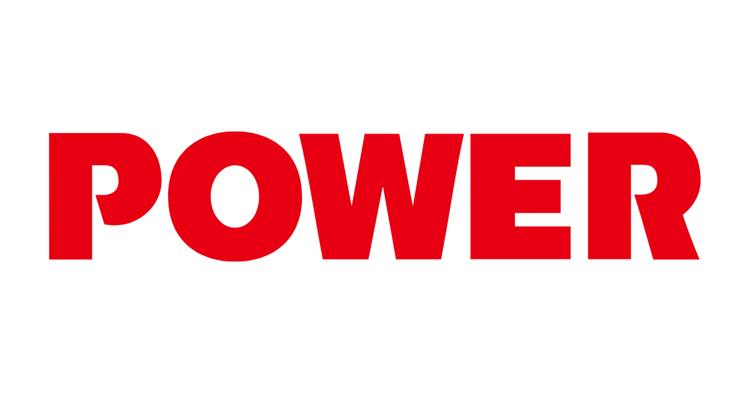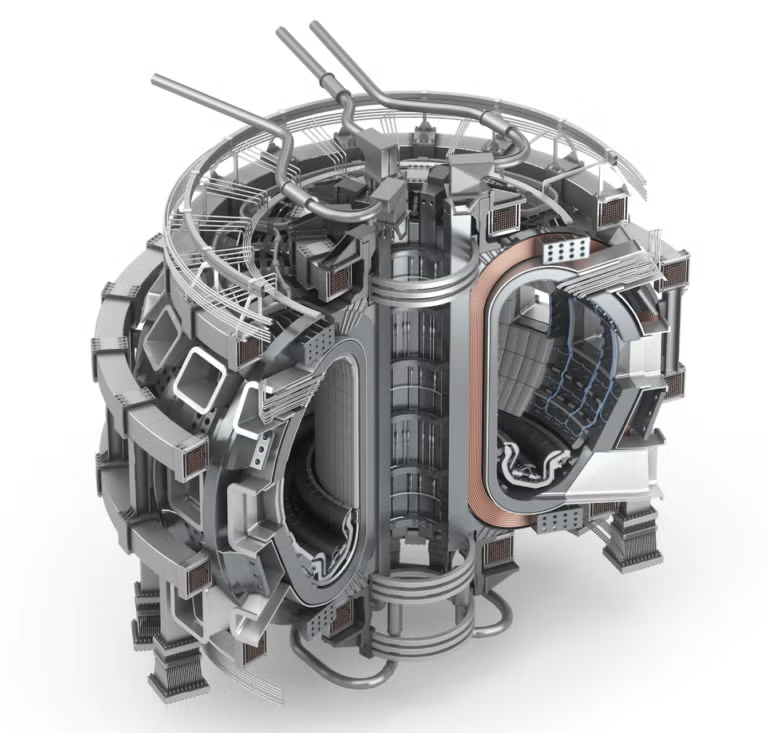

Read the full article: https://www.powermag.com/blog/fusion-the-24-7-solution-renewables-cant-match/
For decades, renewables like solar and wind have been hailed as the answer to our looming climate and infrastructure challenges. However, persistent issues have surfaced—especially with surging demand from AI data centers and broad electrification. Energy Secretary Chris Wright recently pointed to analysis wind and solar only supply about 3% of raw energy globally—underscoring his argument that renewables can’t yet deliver consistent, around-the-clock power. And current battery technology, while designed to store and deliver surplus renewable power as needed, isn’t cutting it.

With our power grid pushed to its limits, renewables are not yet a proven solution for 24/7 power generation at the scale our energy-hungry economy requires. This is not just an inconvenience for regional grid operators and utilities. Local failures can quickly lead to widespread blackouts, affecting hospitals, data centers, industries, and millions of Americans who depend on a steady supply of power. Batteries, while improving, face major constraints and struggle to provide sustained energy through prolonged periods of high demand or extended gaps in sunlight and wind. Battery reserves can be depleted in mere hours during peak events, falling short of the multi-day resilience needed to keep our communities running.
Until we see breakthroughs in battery storage, renewables cannot serve as a source of reliable power. And when fusion enters the market, it will overtake the renewables market.
Fusion promises to upend the global energy order. During an Energy Subcommittee Hearing in September, government and private companies agreed that to ensure America leads the world in fusion, we must build robust supply chains that support innovation from the lab to commercial deployment. Federal investment and public-private partnerships are essential for rapid progress and a secure clean energy future.
Today’s tech giants and energy titans are already placing billion-dollar bets on it. Google’s landmark deal with Commonwealth Fusion Systems to purchase 200 megawatts of fusion power, alongside massive investments from Dominion Energy, Type One Energy, the Tennessee Valley Authority, Focused Energy, and RWE signal a transformative shift underway.
These companies are backing an energy technology yet to be proven. Why? They know the advanced technologies they’re developing are nothing without abundant, reliable, clean power. Without power, they can’t grow. And without growth, they lose their place of power as industry leaders. Their commitment is a bold move to take back American innovation and drive economic growth.
On a bigger scale, fusion is America’s opportunity to reclaim power from China. We ceded market and manufacturing control with batteries, solar, and critical grid components. Investing in fusion gives us the opportunity to lead again. With ample homegrown power generation and storage, the U.S. can achieve lasting energy independence and national security, protecting us from global market fluctuations.
Now is the time to make a move. The fusion industry is on the verge of explosive growth, expected to exceed $350 billion by 2050. Behind fusion’s cutting edge lies a trillion-dollar supply chain—chock-full of opportunities for magnets, metamaterials, high-tech jobs, and more. The U.S. has an opportunity to lead, but not if we continue to outsource manufacturing.
China is pulling ahead. As Robbie Diamond, CEO of SAFE puts it, the situation is dire: “If we thought OPEC was a cartel, this is a cartel of one that owns the entire supply chain.” China can flood the market at any time, creating distress for our supply chains and national security.
One critical component of fusion’s supply chain is advanced capacitors that can operate under extremely high temperatures. Right now, the U.S. relies heavily on China-made components, such as capacitor film. This is a $200 billion industry that flows offshore every year—mostly to China. This specialized, ultra-thin plastic material is used as the dielectric core of film capacitors. To support fusion and strengthen our energy independence, this component must be reshored and improved. That’s exactly what Peak Nano is working on now.
We’ve invented a next-generation, high-performance capacitor film that can handle the intense energy bursts needed to ignite fusion and then efficiently transfer that energy into reliable power.
Relying on foreign-sourced capacitor film poses a huge risk to our energy independence, our workforce, and our global competitiveness. If China cuts off shipments, we could run out of capacitors in just 1-3 years. This would cripple our ability to ignite fusion power, let alone power our U.S. economy. Without a secure domestic supply chain, our grid remains vulnerable to geopolitical shocks and supply chain disruptions.
Capitalizing on fusion will require a multipronged approach. We need an end-to-end domestic supply chain for fusion-enabling technologies like magnets and capacitor film. Educating and upskilling our workforce is also essential to build expertise in fusion, engineering, manufacturing, and project management. Investment in R&D and domestic production capacity will enable us to reclaim billions in economic activity and create high-skill advanced manufacturing jobs for the energy transition.
We need bold, strategic bets and investment that moves us away from renewables and towards fusion.
We’ve seen China knock down regulatory roadblocks to become a manufacturing and technology leader across computers and electronics, electric vehicles, and robotics. We need policies that enable private industry, guiding funding and our regulatory environment to expedite pilot projects and scale commercialization as well as establish joint programs and secure information sharing with allied nations.
Without decisive action, we risk falling behind as China builds out its own fusion infrastructure and graduates 10 times more fusion PhDs than the U.S. It’s near-impossible to reclaim a market once it’s been taken over—we’re far better off preventing them from winning in the first place.
Fusion has all of the answers that renewable energy couldn’t solve. What it offers is revolutionary—steady, reliable baseload clean power that can be dispatched on demand, regardless of the weather. Without fusion, we will never be able to handle surges in demand or fix our failing energy infrastructure.
Now is the time to invest in fusion, driving economic growth and cementing America’s technological preeminence. Our energy future depends on it.
—Shaun Walsh is chief marketing officer for Peak Nano.
Read the full article: https://www.powermag.com/blog/fusion-the-24-7-solution-renewables-cant-match/
Shaun Walsh
Shaun Walsh, AKA “The Marketing Buddha,” is a long-time student and practitioner of marketing, seeking a balance between storytelling, technology, and market/audience development. He has held various executive and senior management positions in marketing, sales, engineering, alliances, and corporate development at Cylance (now BlackBerry), Security Scorecard, Emulex (now Broadcom), and NetApp. He has helped develop numerous start-ups that have achieved successful exits, including IPOs (Overland Data, JNI) and M&A deals with (Emuelx, Cylance, and Igneous). Mr. Walsh is an active industry speaker (RSA, BlackHat, InfoSec, SNIA, FS-ISAC), media/podcasts contributor (Wall Street Journal, Forbes, CRN, MSSP World), and founding editor of The Cyber Report. I love lifting heavy things for CrossFit and strongman competitions, waiting for Comic Con, trying to design the perfect omelet, or rolling on the mat. Mr. Walsh holds a BS in Management from Pepperdine University.